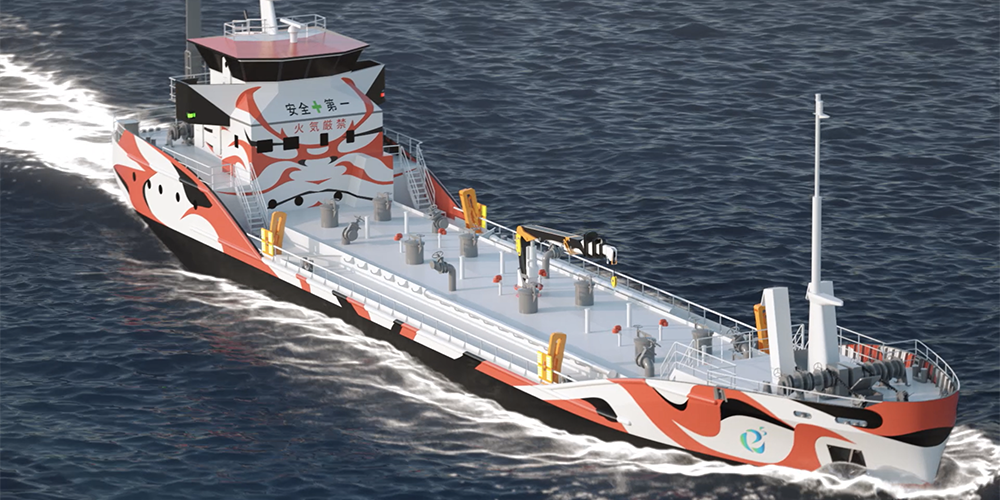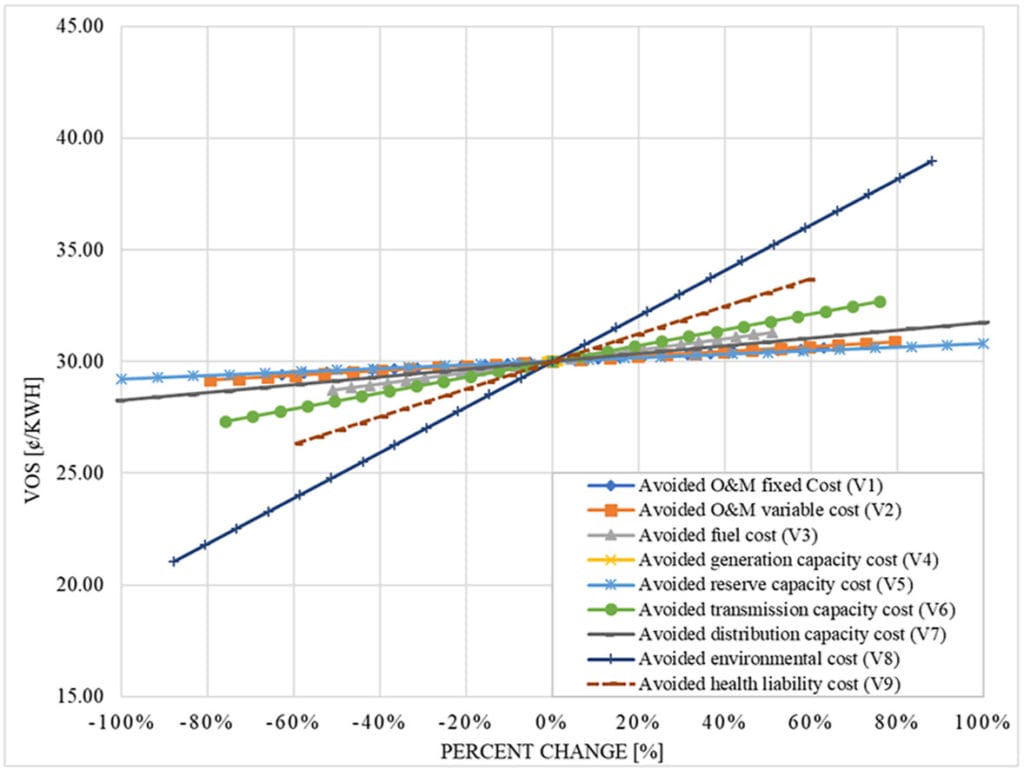The Clean Power Hour is a weekly clean energy headline review and commentary podcast brought to you by Tim Montague and yours truly – the CommercialSolarGuy – John Fitzgerald Weaver.
First of course, here’s the podcast – Episode 32!
Now, to the news!
Tim likes drone videos
… and now – we like drone videos. The Tesla facility in Texas is moving along. An article from Electrek listed some jobs at the facility, as well structure status:
- Process Engineering Manager, Gigafactory Texas
- Associate Production Manager, Gigafactory Texas
- Production Supervisor, Gigafactory Texas
- Senior BIM/VDC Engineer (Lead), Gigafactory Texas
- BIM/VDC Engineer, Gigafactory Texas
World’s 1st zero-emission tanker project will use Corvus Energy storage system.
Kawasaki Heavy Industries was awarded the contract for the “e5 tanker’s” propulsion system. It will integrate the 3,480 kWh Orca ESS from Corvus Energy to power the vessel. Japanese tanker is Corvus’s first fully-electric coastal freighter project, out of hundreds of electric vessels.
Commercial battery testing: some like it hot!
The most advanced project developer can grasp the depth and breadth of product knowledge and apply their mathematical talents. They will pick combinations of solar panels and batteries which fit the environment, the power grid needs, the type of electricity contract signed, and other criteria based on these Goldilocks traits. Minute technological choices, managed by machine learning guided battery management systems at the speed of global computer networks, will drive massive revenues over the 20+ year periods these facilities run.
Sadly, Greentech Media is shutting down.
Some of it will be absorbed, some of the writers will find new homes. So long, and thanks for all the fish!
I'm sad @greentechmedia will soon be ending its run. That means my fabulous colleagues and I will be looking for work
— Emma Foehringer Merchant (@emmafmerchant) February 12, 2021
Meyer Burger is putting together a network of manufacturing lines for heterojunction solar panels.
There will first be facilities for silicon, and later polysilicon processing and manufacturing. Next, wafer, cell, and module assembly. Historically, Meyer Burger had made the machines – mostly – to take wafers to cells for module assembly companies.
Checked the project status at our new #heterojunction cell factory in Thalheim (@StadtBiWo) today. Great progress also here, it made my (Fri)day. Thanks @meyerburger team. pic.twitter.com/AVkv4Rvvss
— Gunter Erfurt (@GunterErfurt) February 12, 2021
Shining a light on the true value of solar power
…via ever deepening, and complementary, studies of the value of distributed clean electricity generation resources:
The overall value of solar equation has numerous components:
- Avoided operation and maintenance costs (fixed and variable)
- Avoided fuel.
- Avoided generations capacity.
- Avoided reserve capacity (plants on standby that turn on if you have, for example, a large air conditioning load on hot day).
- Avoided transmission capacity (lines).
- Environmental and health liability costs associated with forms of electric generation that are polluting.
- The value of solar calculated by this study ranges from $0.09/kWh to $0.51/kWh (!!!)
The Texas power grid collapse:
Our organization’s lawyer is living through this disaster with a wife, young child, and elder father. There has been no water, no electricity for almost two days in sub freezing weather, and they have had to seek refuge in a family friend’s home with protected electricity. If you pray for people, this is a time for that. In the podcast we discuss the Texas situation, which was well summarized by this Texas power grid expert:
Q: Why don’t we have enough power for everyone like we do in the summer peaks?
A: There were about ~14GW of power plants that were down for maintenance before this event started. Since then, another ~16GW have gone offline. We have also had some ice issues with some wind farms.— Joshua D. Rhodes (@joshdr83) February 17, 2021


